Renovating
Interior Design
A Beginner’s Guide to Managing an Interior Design Project
Want to learn how to manage your own home renovation project? Read through these expert tips and you'll be a pro in no time
Interior design. Isn’t it a fun and marvellous thing? Isn’t that why we’re all here? On Houzz, that is. Clearly, this is the enjoyable part of the process, but making it a reality is another matter. Project management covers the nitty-gritty, the planning, the organisation, so it isn’t all fun and games, but it’s an essential part of interior design, and there’s nothing like the feeling of implementing a plan to create something new and beautiful. Browse these tips to help you achieve your desired results smoothly and calmly.
Make sure you’re all on the same page
If you’re coordinating separate contractors (joiner, plumber, electrician etc), then it would be worth indicating who’s responsible for each task. Give a complete copy of the specification to all of them, so they’re all aware of what the others are doing as well as themselves. Discuss the specification with your contractors, as they may be able to provide help and advice. A schedule is also useful, so you can keep track of progress and everyone knows who’s going to be on site on which day.
With prior knowledge that a partition wall will feature some lighting, for instance, the builders will know to leave the stud frame open for the electrician to run the wires through before it’s boarded up and plastered over. Trying to feed wires through after the fact is much harder, takes longer and risks unnecessary damage.
If you’re coordinating separate contractors (joiner, plumber, electrician etc), then it would be worth indicating who’s responsible for each task. Give a complete copy of the specification to all of them, so they’re all aware of what the others are doing as well as themselves. Discuss the specification with your contractors, as they may be able to provide help and advice. A schedule is also useful, so you can keep track of progress and everyone knows who’s going to be on site on which day.
With prior knowledge that a partition wall will feature some lighting, for instance, the builders will know to leave the stud frame open for the electrician to run the wires through before it’s boarded up and plastered over. Trying to feed wires through after the fact is much harder, takes longer and risks unnecessary damage.
Break into sub-sections
As well as your main specification, it’s a good idea to have sub-lists for each separate element of your design. For example, your main specification might say ‘install 6 x recessed LED downlights in ceiling’, but your lighting specification will detail where they are to be positioned, the type of bulb, the finish on the fittings and so on. The more information you provide, the more accurate your quote should be, and the less likely it will be for mistakes or misunderstandings to occur. It will also minimise any unexpected costs.
This bathroom has a minimalist elegance, but it’s far from straightforward. This project would have required a builder’s spec, including layout and elevation drawings with dimensions, an electrical spec with lighting plan, a plumbing spec with layout drawing, and a decorating spec – phew!
As well as your main specification, it’s a good idea to have sub-lists for each separate element of your design. For example, your main specification might say ‘install 6 x recessed LED downlights in ceiling’, but your lighting specification will detail where they are to be positioned, the type of bulb, the finish on the fittings and so on. The more information you provide, the more accurate your quote should be, and the less likely it will be for mistakes or misunderstandings to occur. It will also minimise any unexpected costs.
This bathroom has a minimalist elegance, but it’s far from straightforward. This project would have required a builder’s spec, including layout and elevation drawings with dimensions, an electrical spec with lighting plan, a plumbing spec with layout drawing, and a decorating spec – phew!
Plan like a pro
Definitely finalise your design before starting any work, rather than trying to do it as you go along. The process will be much more enjoyable without constant deadlines presenting themselves, and if you haven’t planned, you might find your options restricted based on work that’s already taken place.
Take a couple of weeks to put it all together, write your specifications, draw up the plans, get everything ready and make all the decisions before proceeding. This will save you time and money along the way and significantly reduce stress levels during the project.
This clever design features well-thought-out lighting and bespoke joinery. Careful consideration would have been given to where to position the sockets, radiators, lights, switches and all the other details.
Definitely finalise your design before starting any work, rather than trying to do it as you go along. The process will be much more enjoyable without constant deadlines presenting themselves, and if you haven’t planned, you might find your options restricted based on work that’s already taken place.
Take a couple of weeks to put it all together, write your specifications, draw up the plans, get everything ready and make all the decisions before proceeding. This will save you time and money along the way and significantly reduce stress levels during the project.
This clever design features well-thought-out lighting and bespoke joinery. Careful consideration would have been given to where to position the sockets, radiators, lights, switches and all the other details.
Never assume
You know the saying. When writing your specifications or drawing your plans, never assume someone else will know what you want unless you explicitly state it. Include every tiny detail, no matter how pedantic it may seem. As well as avoiding mistakes, it also prevents any disputes over what is and isn’t included in the quote.
This bathroom just wouldn’t have looked the same if white grout had been used, for instance. You might think it would be absurd to even consider using white grout in this case, but if you haven’t asked for dark grey, you can’t expect it and you can’t assume you will be asked what colour you want. White is standard and a tiler may use it if nothing has been specified.
You know the saying. When writing your specifications or drawing your plans, never assume someone else will know what you want unless you explicitly state it. Include every tiny detail, no matter how pedantic it may seem. As well as avoiding mistakes, it also prevents any disputes over what is and isn’t included in the quote.
This bathroom just wouldn’t have looked the same if white grout had been used, for instance. You might think it would be absurd to even consider using white grout in this case, but if you haven’t asked for dark grey, you can’t expect it and you can’t assume you will be asked what colour you want. White is standard and a tiler may use it if nothing has been specified.
Stand by for decisions, decisions…
Your builder will present many questions and decisions to you along the way. Which tiles do you want on the walls? Where do you want these wall lights? What colour do you want on the skirting boards?
Your best bet will be to try to pre-empt as many of these decisions as possible and have the answers ready, or, even better, provide the information in advance. Making these decisions under pressure can lead to impulse moves you may regret later. On the other hand, taking too long could hold up the project, costing you time, money and the patience of your builder. No one wants an unhappy builder.
Inevitably, there will be some questions you couldn’t have anticipated, but if you communicate well with your builder, they should – where possible – give you time to make a decision without holding up the project. Don’t be afraid to ask their opinion on the best course of action, but don’t feel pressured to compromise on the design if you don’t want to.
Your builder will present many questions and decisions to you along the way. Which tiles do you want on the walls? Where do you want these wall lights? What colour do you want on the skirting boards?
Your best bet will be to try to pre-empt as many of these decisions as possible and have the answers ready, or, even better, provide the information in advance. Making these decisions under pressure can lead to impulse moves you may regret later. On the other hand, taking too long could hold up the project, costing you time, money and the patience of your builder. No one wants an unhappy builder.
Inevitably, there will be some questions you couldn’t have anticipated, but if you communicate well with your builder, they should – where possible – give you time to make a decision without holding up the project. Don’t be afraid to ask their opinion on the best course of action, but don’t feel pressured to compromise on the design if you don’t want to.
Give yourself time to deliver
This is one of the classic pitfalls, so take note. When pulling your design ideas together and deciding on which products and materials to use, make a note of the lead times. Many pieces of furniture are made to order and can have lead times of up to 12 weeks, sometimes longer. Similarly, tiles and natural stone can take much longer than expected to arrive and products from abroad can encounter hold-ups during transit.
This chandelier was custom-made for the project and looks fantastic. This is no last minute, off-the-shelf, next day delivery job. It can be a huge shame if you’ve spent hours, days, weeks choosing the perfect product, but when you come to order it, you find it will take too long to be delivered, perhaps time you can’t afford. Then you have to decide whether to hold up the work or pick something else based on the fact it can be delivered quickly.
Can’t find the furnishings you want? Go bespoke
This is one of the classic pitfalls, so take note. When pulling your design ideas together and deciding on which products and materials to use, make a note of the lead times. Many pieces of furniture are made to order and can have lead times of up to 12 weeks, sometimes longer. Similarly, tiles and natural stone can take much longer than expected to arrive and products from abroad can encounter hold-ups during transit.
This chandelier was custom-made for the project and looks fantastic. This is no last minute, off-the-shelf, next day delivery job. It can be a huge shame if you’ve spent hours, days, weeks choosing the perfect product, but when you come to order it, you find it will take too long to be delivered, perhaps time you can’t afford. Then you have to decide whether to hold up the work or pick something else based on the fact it can be delivered quickly.
Can’t find the furnishings you want? Go bespoke
Factor in a contingency
Even with the very best of intentions, there will almost always be issues that arise during your project that you couldn’t have predicted. So it’s a good idea to factor in a 10% contingency within your budget for these matters, especially with old buildings. Who knows what condition the walls are in behind those kitchen cabinets before you rip them out? Or what might be lurking underneath that carpet when you pull it up?
In these situations, it’s important to expect the worst and don’t let it throw you off your game. You are a project manager extraordinaire and you’ve totally got this. Just accept these things happen, find out what the options are and make a decision. Your contractor will be able to advise on what to do, so harness their expertise and trust them to help you find the right solution.
Even with the very best of intentions, there will almost always be issues that arise during your project that you couldn’t have predicted. So it’s a good idea to factor in a 10% contingency within your budget for these matters, especially with old buildings. Who knows what condition the walls are in behind those kitchen cabinets before you rip them out? Or what might be lurking underneath that carpet when you pull it up?
In these situations, it’s important to expect the worst and don’t let it throw you off your game. You are a project manager extraordinaire and you’ve totally got this. Just accept these things happen, find out what the options are and make a decision. Your contractor will be able to advise on what to do, so harness their expertise and trust them to help you find the right solution.
Call in the cavalry
If you choose to project manage your interiors job yourself, it’s certainly an enjoyable and rewarding process, but it also takes a certain type of person. You have to be organised, calm under pressure, strategic and confident – not to mention being able to afford the time to plan, coordinate and oversee the work.
If you have qualms about taking it on yourself, then consider hiring a project manager. Yes, there will be a fee, but consider that a badly managed project can cost you time and money, and you may not achieve the results you were after. A pro will take care of everything and allow you to rest easy, knowing you’re in safe hands.
TELL US
Have you project managed your own renovation or refit? How did it go? Share your advice and experience in the Comments below.
MORE
A Crash Course in Learning to Speak Builderese
How to Renovate Right … by a ‘Serial Renovator’
Attention All Renovators: 11 Things to Expect
If you choose to project manage your interiors job yourself, it’s certainly an enjoyable and rewarding process, but it also takes a certain type of person. You have to be organised, calm under pressure, strategic and confident – not to mention being able to afford the time to plan, coordinate and oversee the work.
If you have qualms about taking it on yourself, then consider hiring a project manager. Yes, there will be a fee, but consider that a badly managed project can cost you time and money, and you may not achieve the results you were after. A pro will take care of everything and allow you to rest easy, knowing you’re in safe hands.
TELL US
Have you project managed your own renovation or refit? How did it go? Share your advice and experience in the Comments below.
MORE
A Crash Course in Learning to Speak Builderese
How to Renovate Right … by a ‘Serial Renovator’
Attention All Renovators: 11 Things to Expect






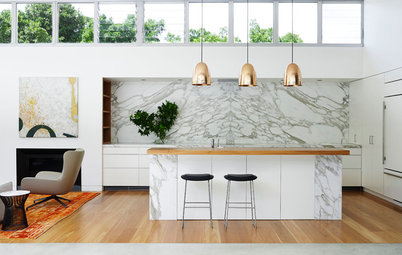
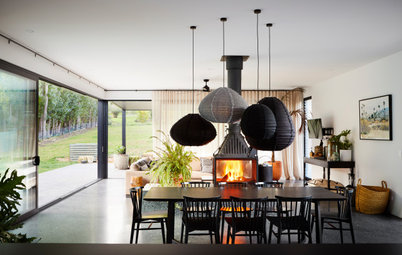
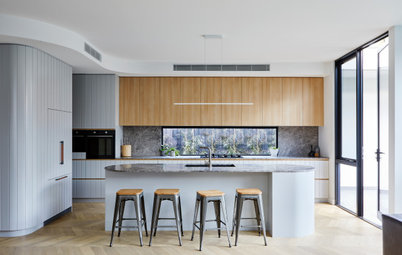
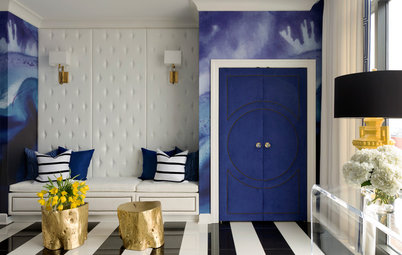
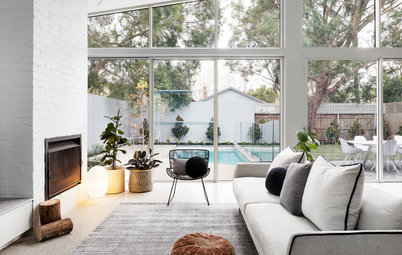
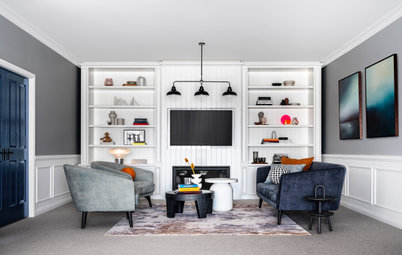

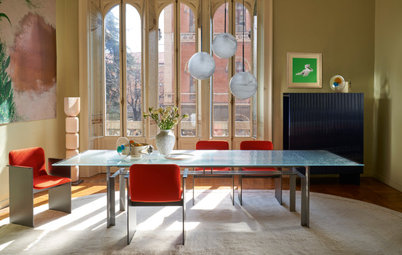
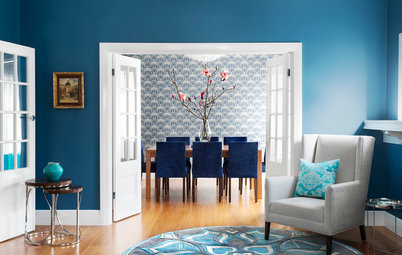

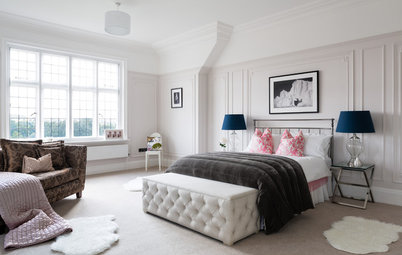

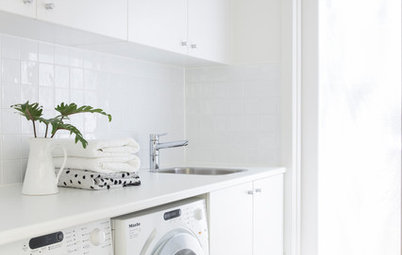
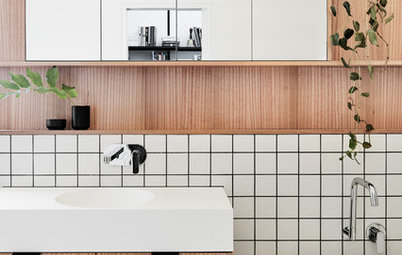
This is important – writing lists is key when it comes to project management. It’s the only way to properly organise your thoughts and prevent any details from being forgotten.
The most important list is your ‘specification of works’. This is basically a detailed list of everything to be done, from start to finish. If you’re dealing with one main builder who’s organising all the work, then you’ll need to make sure he or she is given a copy, so the brief is clear and all the information is provided.
Also, having a detailed specification makes it easier if you want to obtain multiple quotes, and you’ll know it’s a fair comparison, as all the builders will be quoting using the same brief.
List-making strategies to put you ahead of the game